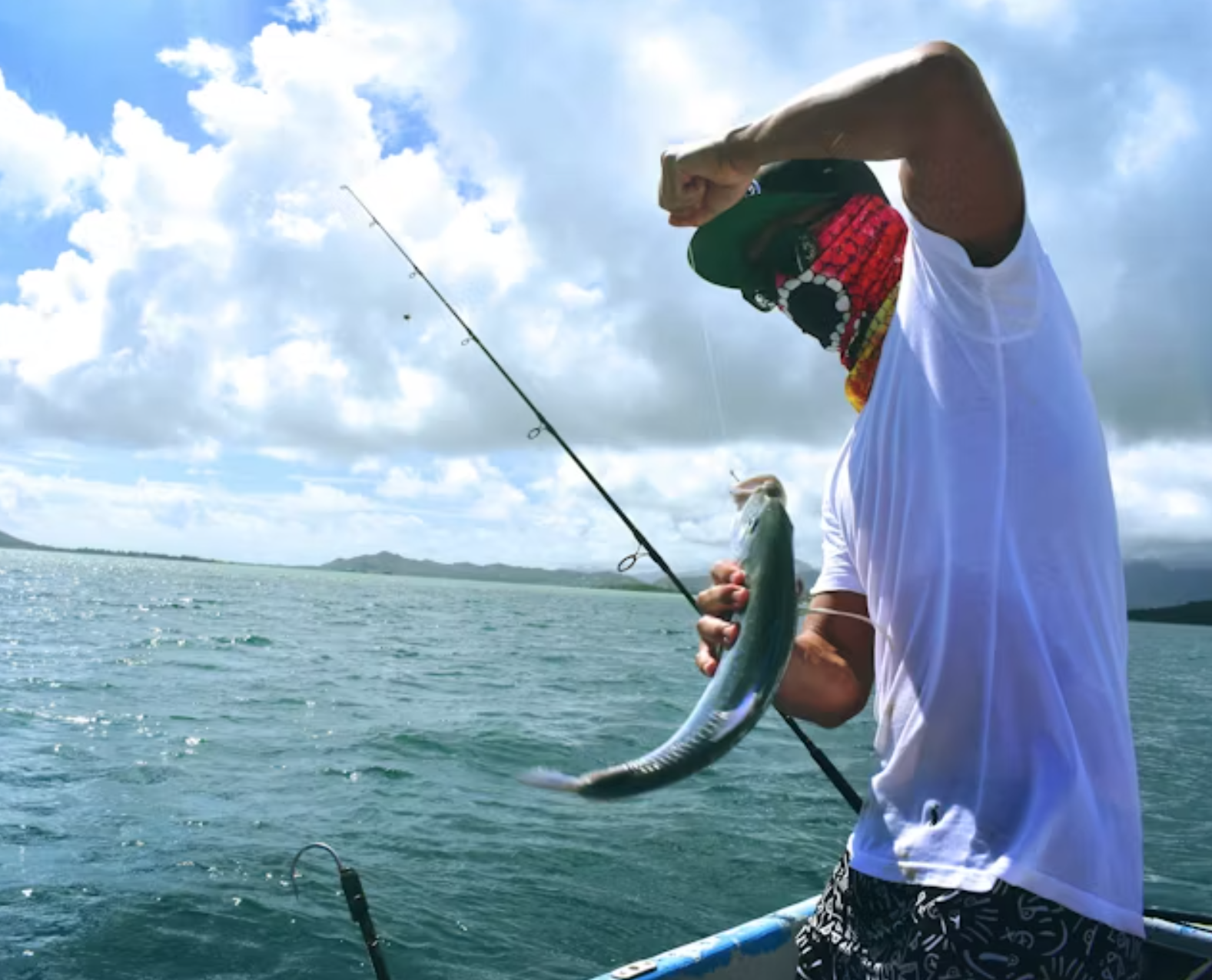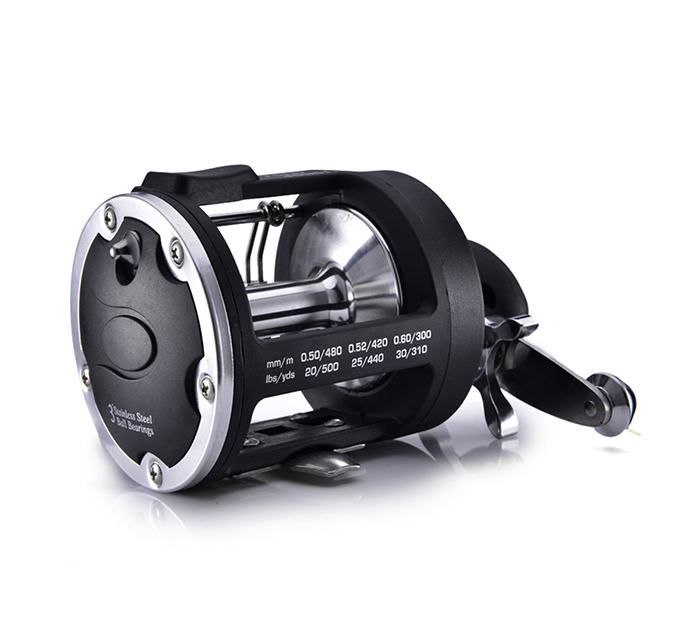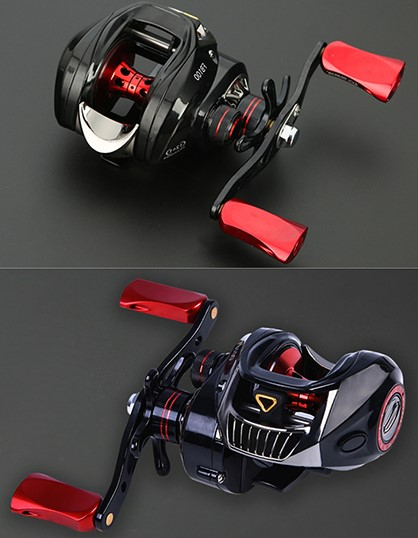Fishing is more than putting a hook in the water. It is patience, simple skills, and the right tools. For someone just starting out, becoming good in a short time may feel hard. Yet, with proper reels, strong rods, and some practice, you can act and fish like a pro within days. Even one weekend is enough to see clear progress when you use the right setup and plan ahead. When choosing a partner for gear, Laike is often seen as a trusted name in this field. With over ten years of export work, they ship products to more than 100 countries. They work with over 200 partner factories across China, which means steady supply and many options. Their items are tested not only in workshops but also in rivers, lakes, and salty coasts.

What Basic Gear Do You Need to Start Fishing Like a Pro?
The gear you bring decides how the trip will go. Even skilled anglers feel upset if their gear is weak or not built well. For new buyers who want to feel more professional, it starts with strong basics.
Strong Rods and Reels for Reliable Performance
Rods and reels are the center of the setup. If they are not balanced, the cast is short, or the handling feels heavy. For fast progress, a medium power rod with a reel that matches is a safe choice. This combo allows you to cast far, control the fight, and avoid breakage.
Lines and Hooks Suited to Different Species
The line is the link to the fish. Nylon has stretch, which helps absorb sudden pulls. Braided line is thin but strong, giving more control. Hooks made from high-carbon steel are sharp and tough. They hold shape even in saltwater and make sure the catch stays on.
Easy-to-Use Accessories for Quick Setup
Small things, such as swivels and leaders, make life easier. They stop line twists and save you from wasted time. Beginners often lose half a trip fixing knots. With simple accessories, the trip stays smooth.
How Do Professional Reels Change Your Fishing Experience?
Reels are not just spools with line. They affect how easy you cast, how you land the fish, and how long you can fish without tired arms. Good reels bring comfort and higher catch rates right away.
Smooth Casting and Retrieval with Tolling Fishing Reel
The Tolling Fishing Reel is made for smooth control. It is perfect for trolling, where bait is pulled slowly behind the boat. Its drag keeps steady under heavy runs, so you can focus on timing instead of gear slips.

Durability and Control of Flat Metal Spool Saltwater Baitcasting Reels
In salty water, gear needs to fight rust. The Flat Metal Spool Saltwater Baitcasting Reels are built with solid metal spools that handle rough use. They let the line flow in a steady way, which helps cut down on tangles when using heavy lures.

Drag Systems That Handle Big Fish with Less Effort
The drag is what saves the line when the fish runs. A strong drag lets the line slip slowly instead of snapping. This is key when fighting bass, catfish, or other strong species. You use less force, but the fish still stays on.
Why Does Line and Bait Choice Matter for Quick Success?
If your line and bait are wrong, fewer fish bite. When you pick the right mix, the change is quick. Even beginners can see better results after only one day.
Nylon and Braided Lines for Different Waters
Nylon line is cheaper and easier for practice. It stretches and forgives mistakes. Braided line is thin but very strong, making it better for deep water or bigger fish. Having both types is a smart move if you want flexibility.
Matching Bait to Target Fish Species
Bait is not random. Worms tempt trout, and minnows work well for bass. Artificial lures such as spinners and crankbaits also bring strikes. Matching bait to the fish you want saves time and raises your chance to land more.
Using Swivels to Keep Rigs Tangle-Free
Swivels are tiny, but they matter. They let the line spin without twisting, which stops knots. This means you spend less time fixing and more time fishing.
How Can Beginners Improve Technique in Just One Weekend?
Some skills take years. But others, if practiced in the right way, show progress fast.
Practicing Accurate Casting in Open Areas
Casting is the first skill to master. Find an open field or a quiet pond. Pick a target, like a floating leaf or a plastic bottle, and aim for it. Repeating this builds muscle memory and control.
Learning to Set the Hook with Proper Timing
Fish often bite softly before they commit. If you pull too soon, the hook slips out. If you wait too long, the fish spits the bait. A sharp, quick lift at the right second sets the hook firmly. Practicing this move gives more landed fish.
Playing the Fish Without Breaking the Line
Once hooked, the fish runs. Beginners often pull too hard and snap the line. The trick is steady pressure. Keep the rod bent at an angle, let the drag release line, and reel back slowly. This method saves the line and lands the fish.
What Role Do Environment and Location Play in Catch Rates?
The spot matters. Some waters are calm and easy, others are rough and test skills. For weekend trips, the right location makes learning easier.
Choosing Calm Waters for Easier Learning
Calm lakes or quiet bays are best. No strong waves or fast currents distract you. This way you can focus only on fishing and practice.
Targeting Active Species in Local Lakes or Coasts
Some fish are always more active. Bluegill, bass, or mackerel often bite in short trips. Targeting them makes practice rewarding and gives confidence.
Adjusting Gear Setup to Weather and Water Conditions
Weather and water change fish behavior. On cloudy days, fish may swim higher. On bright days, they go deeper. Adjusting line depth and lure choice is something even pros never skip.
Why Should Buyers Consider Reliable Suppliers for Fishing Gear?
Good gear is the base of fishing success. For shops and wholesalers, the choice of supplier is key.
Field-Tested Products That Withstand Real Use
Gear tested in rivers, lakes, and saltwater lasts longer. This means fewer returns and happier customers.
OEM and ODM Services for Retailers and Wholesalers
Suppliers who offer OEM and ODM give more options. Shops can sell reels and rods with custom handles, colors, or packages. This helps them stand out.
Global Export Experience and Consistent Quality
Exporting to many markets shows steady quality. Buyers can trust supply chains that work year after year.
How Can Planning Ahead Make Weekend Fishing More Successful?
Planning makes trips smoother. Skipping this step often leads to small but annoying problems.
Preparing Gear and Checking Reels Before the Trip
Look over rods and reels the day before. Check for worn lines, loose screws, or sticky drags. Fixing these at home saves time on the water.
Packing Spare Lines, Hooks, and Accessories
Always bring extras. A broken line or lost hook is common. Without spares, the trip ends early. With spares, you keep fishing.
Timing the Trip for Seasonal Fish Activity
Fish are more active in certain seasons. Plan your weekend to match those windows. This small step can double your catch.
FAQ
Q1: How much practice does casting need?
A: A few hours of steady practice already shows clear progress, even in one weekend.
Q2: Why do lines often break for beginners?
A: Lines break from pulling too hard or from hidden weak spots. Using drag in the right way reduces this.
Q3: Are OEM options useful for wholesalers?
A: Yes, OEM gives them custom gear, private labels, and more room to compete in the market.




